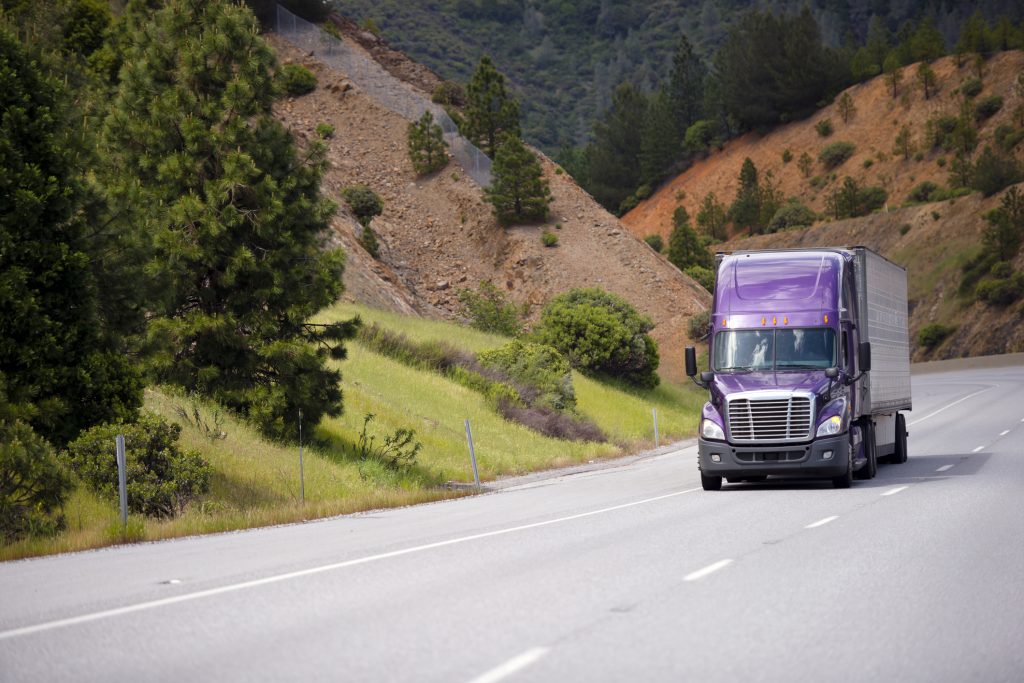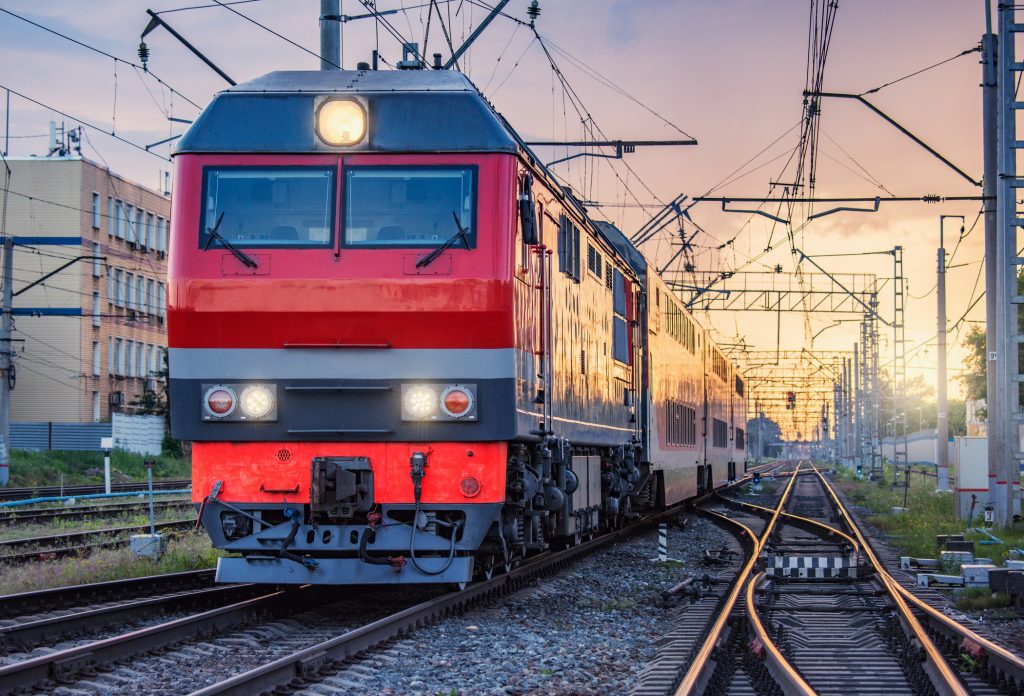
Commerce Express Weekly Road Map: April 5th, 2022
Keeping you informed on the latest news/insights in our industry.
Commerce Express Blog

Passing the torch from an aging workforce to the next generation of truck drivers is on the minds of nearly all trucking carriers. Certain programs that promote the recruiting and hiring of younger drivers are increasingly being entertained as a solution by carriers anxious to fill the significant shortage of current drivers in the industry.

Trucking Update
- As of Friday, April 1st – the ports of Los Angeles/Long Beach implemented a $10 fee per twenty-foot equivalent unit (TEU). This fee is for shippers whose laden containers are trucked into or out of the gateway. The goal for this fee is to help increase demand for electric trucks in correlation to the self-imposed mandate at the U.S. ports, to have a 100 percent zero-emission drayage fleet by 2035 – the Journal of Commerce reports. The ports say the majority of the money that is collected from this fee will be put towards aid in the purchase of zero-emission trucks. In addition – this fee is expected to have little impact in the current conditions in the trans-Pacific. Important to note that this fee is being assessed to the beneficial cargo owner (BCO) and not truckers.
- Fleets are switching up and adjusting their normal outside channels in order to find parts, due to the continued supply chain shortages. Close to 50% are frequently turning to suppliers they normally don’t do business with, while an additional 45% have been continuing to look outside their normal channels for ports, FleetOwner reports.
- The debut of Trucker Path – a mobile app that helps truck drivers with their back-office work do their primary jobs – is here. The app takes a personalized approach to allow drivers to pick and choose their lane and commodity preferences, while they find the loads the truckers want to haul at ideal rates, eliminate forced dispatches, handle check calls, and more – FleetOwner reports. This app has the abilities to transform the way truck drivers deal with various hassles, abilities to make more money as well as getting paid faster – which is a win-win for all.
- Truckers should be aware of the potential whiteout conditions in the Northwest early this week. A cold front that is set to move throughout the regions (Washington and Oregon Cascades, and the northern Rockies in Idaho, Wyoming and Montana) into Tuesday will produce large amounts of heavy snow (24+ inches), strong winds (50+ mph) and periods of whiteout conditions, Freightwaves reports.
- Here are some major lanes of concern for truckers to look out for
- Interstate 5 from the Washington-Canada border to Mount Shasta, California
- Interstate 84 from Portland, Oregon, to Echo, Utah
- Interstate 90 from Seattle to Rapid City, South Dakota
- S. Highway 2 from Everett, Washington, to Glasgow Montana
- S. Highway 101 from Olympia, Washington, to the Oregon-California border
- Here are some major lanes of concern for truckers to look out for
Industry FAQ's
Is capacity loosening in the truckload market?
There have been some recent indicators to suggest that capacity is beginning to loosen in the trucking industry.
As more truckers have begun to return to work, an uptick in truck production last month has occurred.
My biggest stressor right now is finding space for my shipments. Is that something Commerce Express can help provide?
Definitely! We know finding space and availability for your shipments is the upmost of importance.
Hit the ‘contact us’ button for more information!
Rail Update

- BNSF Railway has expanded their rail intermodal service into Los Angeles and St. Louis. This direct-rail service sets to increase BNSF’s market reach, frequency and capacity in an intermodal lane connecting the Los Angeles and St. Louis markets, Freightwaves reports.
- In addition, BNSF also acquired a 3,500+ acre piece of land in the Phoenix area, where they will be developing it as their western hub.
- Lack of rail equipment has become a predicament at USWC ports, with many urging Class I railroads to increase their deployment of railcars and locomotive power throughout Los Angeles/Long Beach, Oakland, and Seattle/Tacoma, reports the Journal of Commerce (JOC). With recent increases in intermodal bookings throughout the USWC, railroads are stumbling to have enough equipment to handle such increases. Just last Tuesday, the Long Beach Container Terminal (LBCT) had 8,000 rail containers at its terminal, compared to their normal 1,000-1,500, the JOC reports. When these backlogs happen, the terminals are out of luck and have nowhere to discharge import containers from vessels. Both Union Pacific and BNSF say they are working with the ports, terminal operators, ocean carriers, and shippers to coordinate efforts to handle the potential of larger inland point intermodal (IP) volumes in the next few months, the JOC reports.
- The U.S. Department of Agriculture is asking the Surface Transportation Board (STB) to take on more rail policies, that are geared towards shippers, i.e.: reciprocal switching, Grain Net reported. In one example, the USDA is hoping the STB will take immediate action on improving rail service for agricultural commodities, as grain shippers have been letting the STB hear about the service disruptions that have increasingly occurring since the Class I railroads’ implementation of precision scheduled railroading (PSR), Freightwaves reports.
- For the week ending on March 26th, the total U.S. weekly rail traffic was at 504,817 carloads and intermodal units, which is down a little over 3 percent compared to the same week last year, the Association of American Railroads (AAR) reports. Throughout the first 12 weeks of 2022, U.S. carloads and intermodal units have seen a decrease of nearly 3 percent compared to last year.
Follow Us on LinkedIn!
If you are enjoying our weekly content, check out our LinkedIn to see our weekly blog posts, updates and more!


Recent Comments